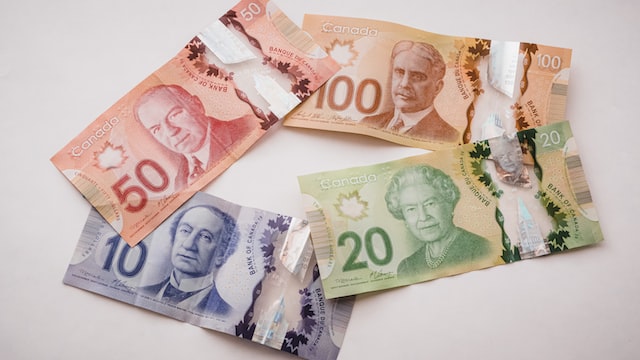The Canadian dollar fell to a three-week low during the US trading session, although the move was not driven by anything other than US dollar strength it appears.
Oil prices moved higher on the day due to China COVID-19 de-restriction hopes and GDP data from the Canadian economy came out better than most expected.
The GDP data showed that the Canadian economy expanded 0.7% on quarter in Q3 2022, a fifth consecutive quarter of growth, and following a 0.8% increase in Q2.
Growth in exports, non-residential structures, and business investment in inventories were moderated by declines in housing investment and household spending.
Exports increased 2.1%, led by crude oil and bitumen, and farm and fishing products. Imports fell 0.4%, reflecting widespread declines in energy products, including crude oil, natural gas, and nuclear fuel.
US Consumer Confidence data came in at 100.2 which was marginally better than the 100.00 expected. Going into the releases estimates ranged from 98.0 vs 103.9.
Data inside the report showed that the Present situation 137.4 vs 138.9 prior and Expectations 75.4 vs 78.1 previously. One-year inflation expectations 7.2% vs 6.9% prior.
Breaking down the data, the present situation number fell sharply in the previous report, in October, and continued to fall; meanwhile the expectations number remains in recessionary territory below 80.
This afternoon the British pound remain subdued as BoE Governor Bailey spoke before lawmakers and discussed the merits of QE and the UK economy.
Bailey said, “There has been no discussion with government on pace and timing of BOE asset sales” and the “UK labour market has turned out to be much more constrained than we thought and different than other countries.
Elsewhere, silver prices made strong gains on the day, climbing towards the $21.50. The FTSE100 climbed above the 7,500 resistance are European stocks pulled higher.




